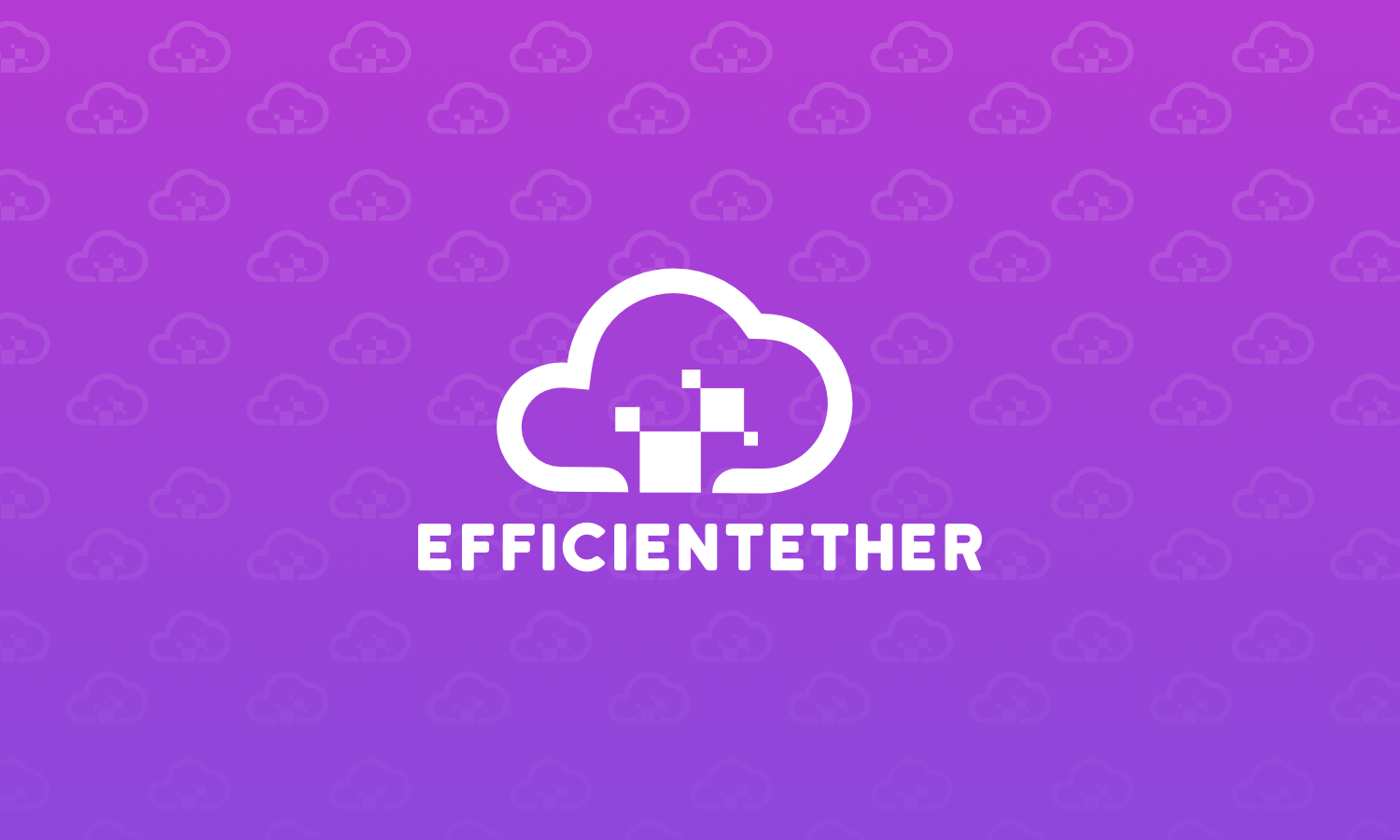Last Updated on: 22nd November 2023, 01:22 pm
As the automotive industry transitions from a “hype” to an implementation phase, established manufacturers and suppliers face a crucial turning point in the much-discussed software transformation. According to a study by EY, published on Monday, the market for automotive-related software is expected to reach $118 billion by 2030, falling short of the industry’s expectations.
“The automotive industry is at a crossroads,” explains Constantin M. Gall, Automotive Industry Practice Leader and Managing Partner Europe West at EY Strategy and Transaction. “After the hype phase, it is now a matter of actually building an ecosystem – and a lot of money. Car manufacturers need to review their strategies, rely more on partnerships as well as coopetition – and consider standardization in certain areas.”
The transition to a software business that works comes with challenges for OEMs. The industry lacks standardization, and zigzagging between open-source and proprietary software hinders automotive software innovation and scalability. In addition, the SDV field is highly competitive. EY estimates the average investment required per OEM for SDV programs to be between one and five billion US dollars.
For a successful transformation, three basic aspects need to be considered. Companies must ensure software business readiness, prepare the organization for transformation, and monitor the process and adapt it in an agile manner. Jan Sieper, Partner Automotive Strategy at EY, states, “Developing a working business model is a challenge for OEMs and Tier 1 suppliers because they have little experience in selling software or hardware-software bundles. They also need experience with product prototyping and pricing, as well as a roadmap for both monetization and quality assurance.”
EY’s study aims to give automotive manufacturers and suppliers a comprehensive view of the SDV transformation. “The identification of future market dynamics and potentials as well as the optimization of necessary key competences (e.g., partnerships, coopetition) is crucial,” Gall concludes. “Keeping the transformation manageable in terms of customer expectations, speed, cost and quality will certainly be the main difference between winners and losers.”
Increased customer demand for integrated software solutions has the potential to virtually disrupt the existing structures of the automotive sector. EY encourages companies to review their strategies and partnerships to ensure the successful transition to a software business.
EY is one of the leading German auditing and consulting firms. With more than 11,000 employees at 20 locations, EY provides services to clients all over the world. For more insights and to download the study, click here: Download Study.





